Metronidazole Information
Pronunciation
(met roe NYE da zole)
What is this drug used for?
– It is used to treat infections.
– It is used to prevent infections during bowel surgery.
– It may be given to you for other reasons. Talk with the doctor.
Frequently reported side effects of this drug
– Nausea
– Vomiting
– Diarrhea
– Constipation
– Lack of appetite
– Abdominal cramps
– Abdominal pain
– Joint pain
– Decreased sex drive
– Injection site irritation
– Metallic taste
Other side effects of this drug: Talk with your doctor right away if you have any of these signs of:
– Infection
– Liver problems like dark urine, fatigue, lack of appetite, nausea, abdominal pain, light-colored stools, vomiting, or yellow skin
– Change in balance
– Dizziness
– Passing out
– Headache
– Trouble speaking
– Seizures
– Thrush
– Vaginal pain, itching, and discharge
– Vision changes
– Irritability
– Depression
– Confusion
– Loss of strength or energy
– Trouble sleeping
– Burning or numbness feeling
– Aseptic meningitis like headache, fever, chills, severe nausea or vomiting, stiff neck, rash, sensitivity to lights, fatigue, or confusion
– Signs of a significant reaction like wheezing; chest tightness; fever; itching; bad cough; blue skin color; seizures; or swelling of face, lips, tongue, or throat.
Medication Safety Issues
Sound-alike/look-alike issues:
MetroNIDAZOLE may be confused with mebendazole, meropenem, metFORMIN, methotrexate, metoclopramide, miconazole
Storage/Stability
Oral: Store at 15?C to 25?C (59?F to 77?F). Protect the tablets from light.
Injection: Store at 20?C to 25?C (68?F to 77?F). Protect from light. Avoid excessive heat. Do not refrigerate. Do not remove unit from overwrap until ready for use. Discard unused solution.
Adverse Reactions
>10%:
Central nervous system: Headache (18%)
Gastrointestinal: Nausea (10% to 12%)
Genitourinary: Vaginitis (15%)
1% to 10%:
Central nervous system: Metallic taste (9%), dizziness (4%)
Dermatologic: Genital pruritus (5%)
Gastrointestinal: Abdominal pain (4%), diarrhea (4%), xerostomia (2%)
Genitourinary: Dysmenorrhea (3%), urine abnormality (3%), urinary tract infection (2%)
Infection: Bacterial infection (7%), candidiasis (3%)
Respiratory: Flu-like symptoms (6%), upper respiratory tract infection (4%), pharyngitis (3%), sinusitis (3%)
Frequency not defined:
Cardiovascular: Chest pain, facial edema, flattened T-wave on ECG, flushing, palpitations, peripheral edema, syncope, tachycardia
Central nervous system: Aseptic meningitis, ataxia, brain disease, cerebral lesion (reversible), chills, confusion, convulsions, depression, disulfiram-like reaction (with alcohol), drowsiness, dysarthria, hypoesthesia, insomnia, irritability, malaise, numbness, paresthesia, peripheral neuropathy, psychosis, seizure, vertigo
Dermatologic: Erythematous rash, hyperhidrosis, pruritus, Stevens-Johnson syndrome, toxic epidermal necrolysis, urticaria
Endocrine & metabolic: Decreased libido
Gastrointestinal: Abdominal cramps, abdominal distress, anorexia, constipation, decreased appetite, dysgeusia, glossitis, hairy tongue, pancreatitis (rare), proctitis, stomatitis, vomiting
Genitourinary: Cystitis, dark urine (rare), dyspareunia, dysuria, urinary incontinence, urine discoloration, vaginal dryness, vulvovaginal candidiasis
Hematologic & oncologic: Agranulocytosis, eosinophilia, leukopenia, neutropenia (reversible), thrombocytopenia (reversible, rare)
Hepatic: Increased liver enzymes, jaundice, severe hepatotoxicity (patients with Cockayne syndrome)
Hypersensitivity: Anaphylaxis, hypersensitivity
Immunologic: DRESS syndrome, serum sickness-like reaction (joint pains)
Local: Inflammation at injection site (IV), injection site reaction
Neuromuscular & skeletal: Arthralgia, muscle spasm, myalgia, weakness
Ophthalmic: Abnormal eye movements (saccadic), nystagmus, optic neuropathy
Renal: Polyuria
Respiratory: Dyspnea, nasal congestion, rhinitis
Miscellaneous: Fever

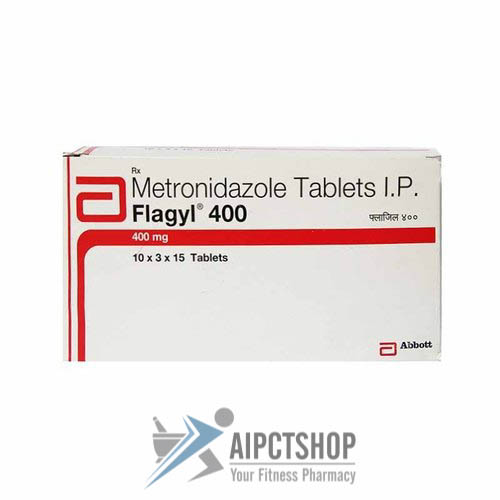
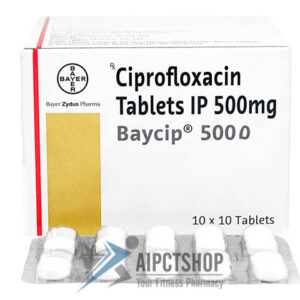
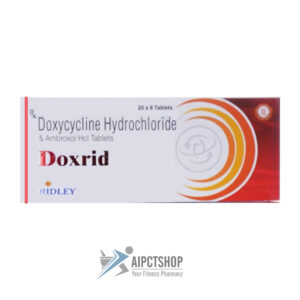


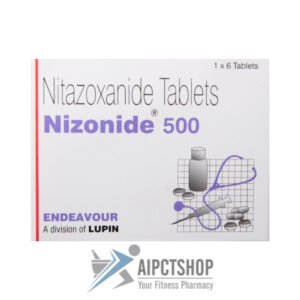

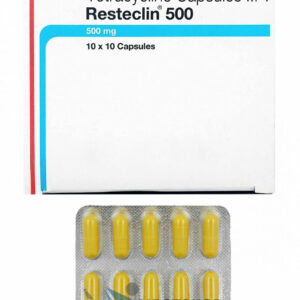
Reviews
There are no reviews yet